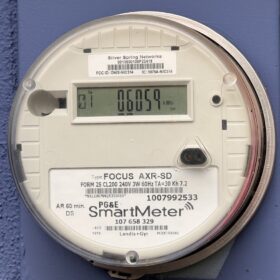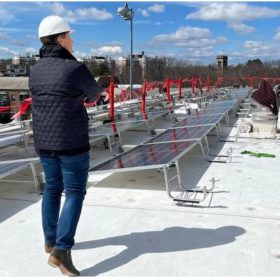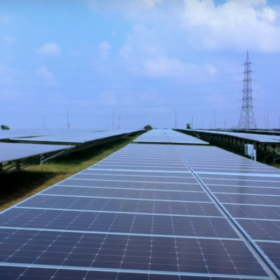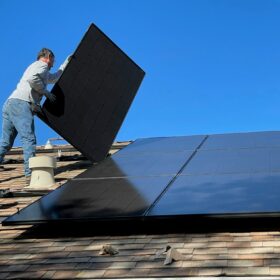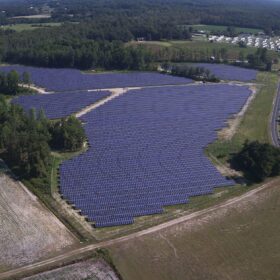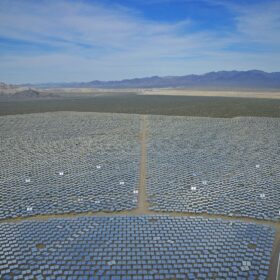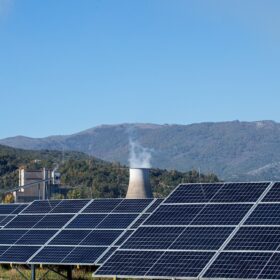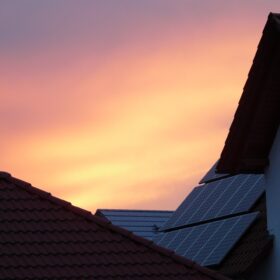Global solar manufacturing reaches 1.2 TW, said Bloomberg NEF
In its 3Q 2024 global market outlook, Bloomberg forecast the world will install 592 GW in 2024, up one 33% from last year.
Deep learning tech detects snow coverage on PV systems, calculates energy loss
Conceived by researchers in Canada, the novel method combines image processing and deep learning techniques to locate the areas of the solar panels covered with snow. It reportedly performed better than three other popular image processing-based segmentation methods.
Accelerating electrification through rate design
Economist-at-large Ahmad Faruqui proposes an incremental electric rate design that encourages electrification, lowering bills and lowering utility operating costs.
U.S. DOE allocates funding for community solar, battery storage in Puerto Rico
The U.S. Department of Energy’s (DOE) new Programa de Comunidades Resilientes will fund solar and battery storage facilities across Puerto Rico serving low- and moderate-income communities.
One in nine U.S. K-12 students attend a school with solar panels
Over 1.8 GW of solar is installed at nearly 9,000 schools across the United States, said a report from Generation180.
EVLO introduces 5 MWh containerized battery energy storage system
The company’s new battery energy storage system packs 5 MWh and two- to four-hour duration in a 20-foot container.
Microsoft signs 437.6 MW green energy deal with ReNew
India’s ReNew says it has signed a 437.6 MW green attribute contract with Microsoft, supporting the US tech giant’s goal to be carbon-negative by 2030.
SolarLeaf ‘panel-level storage’ can be rolled out on commercial rooftops even easier
Energy Toolbase’s energy management system and monitoring software has been configured for use with Yotta Energy’s SolarLeaf product, which provides solar energy storage without increasing the footprint of a solar array.
Construction begins at Arevon 192 MW solar project in Indiana
Along with a 73 MW project, the two Pike County projects represent almost $400 million in investment.
New coating prevents plant growth on underwater solar cells
The US Navy has funded Danish research on preventing biofouling while maintaining visible light transmission on underwater solar cells. The top solution uses ultra-low concentrations of nano-sized, seawater-soluble pigments. Power generation stayed close to 100% after 13 weeks underwater.


